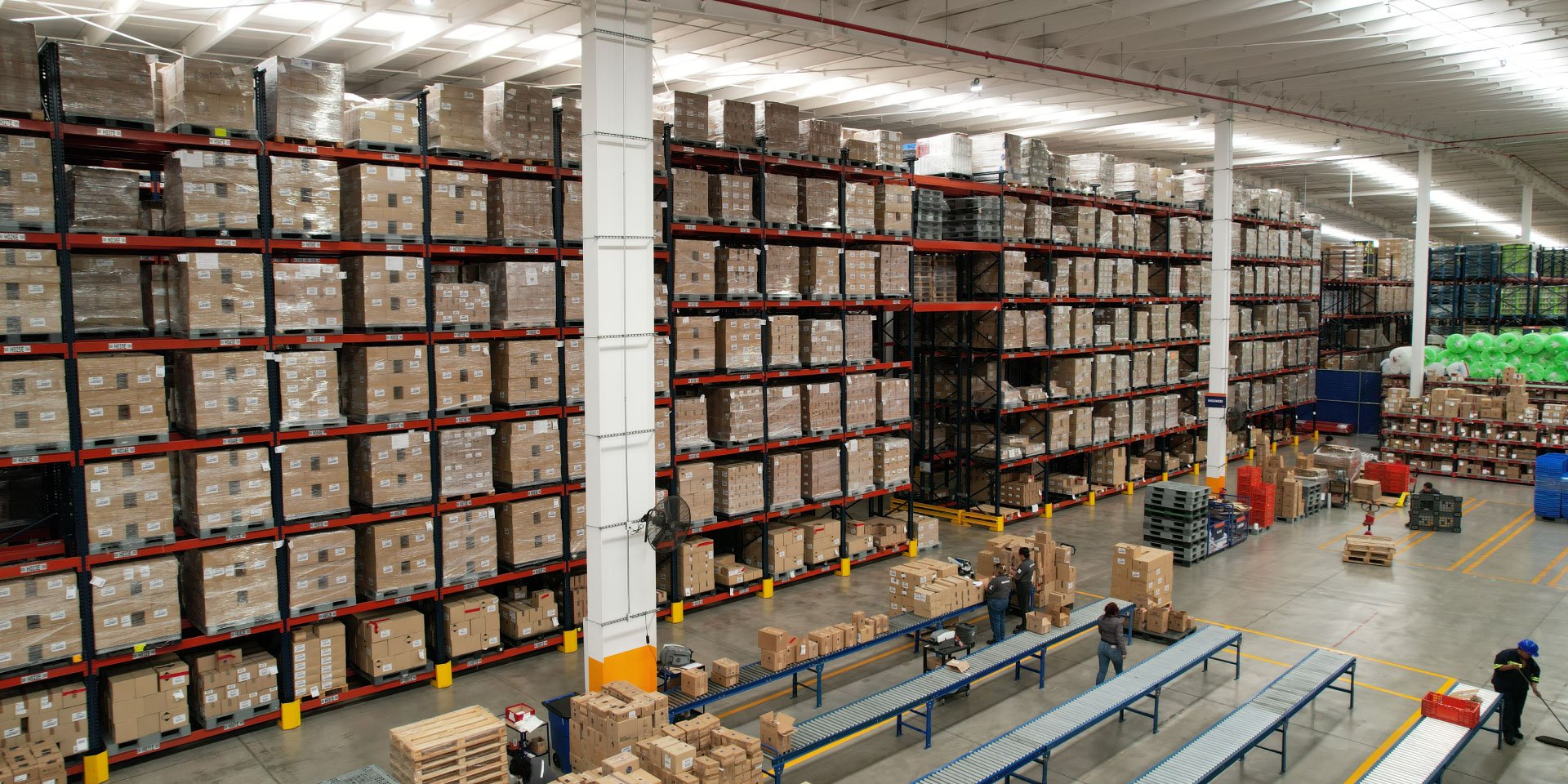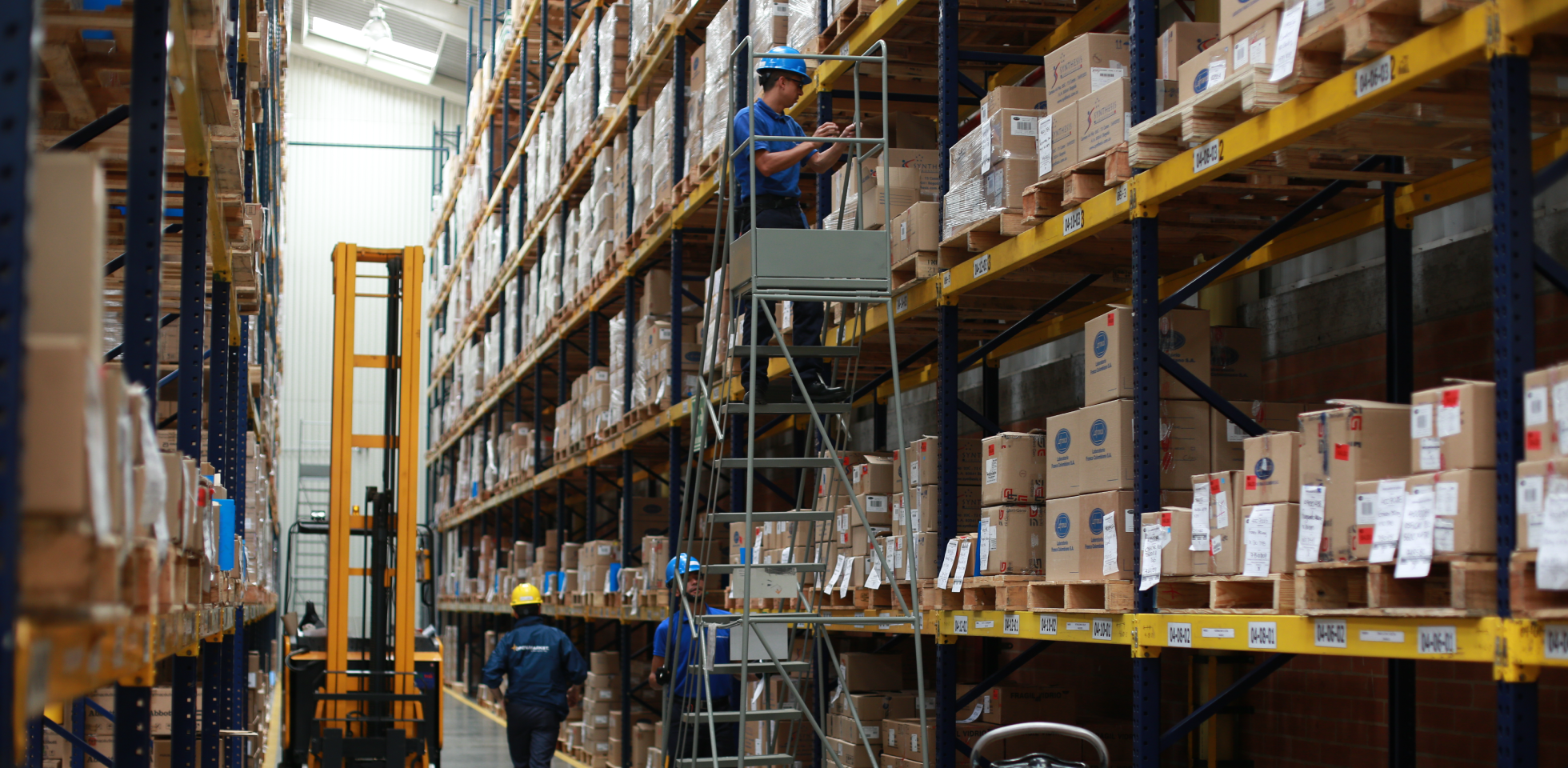These days, every missing product in your inventory tells a story. It's that red number in your system and of course it's the phone call from a frustrated customer, it's the awkward moment when you have to explain why you can't deliver on a promise, it's that feeling that something is slipping through your fingers.
Inventory management has shifted to something deeper than just numbers on a spreadsheet. It's about human relationships, about trust built day in and day out, about the difference between being your customers' first choice or becoming just another alternative in the marketplace.
When stock runs out: The Moment of Truth that defines your business
Imagine this scene: It's 3:00 PM on a Friday, and Maria, your most loyal customer for five years, calls you in desperation. She urgently needs an order for Monday. You have worked together with her on dozens of successful projects, but today your system displays those two words that no one wants to see: "out of stock".
A stock-out is the situation created when the current stock of one or more products falls short of your customers' demand. But this technical definition does not capture the true essence of the problem: the exact moment when years of confidence can be shaken.
The lack of immediacy in order delivery often has serious consequences that can affect a company's image and cost. Every unavailability is a lost opportunity to generate revenue and demonstrate that your company is reliable when it is needed most. (Blog - Tradelog)
The shockwaves: When a stock out turns into a crisis.
The Human Drama Behind Every Stock out
Behind every stock out there are real people with urgent needs. A delay in order delivery can lead to customer dissatisfaction and the consequent loss of future sales. We are talking about disappointment in the voice of someone who trusted you.
When your products show that dreaded "out of stock" label, it generates distrust in the customer, so the user will look for the same product in another store, losing reliability, an indispensable element for the sale to become a reality.
The cost spiral: when urgency dictates the rules
The pressure to compensate quickly for stock-outs leads many companies into a costly race against time. To minimize the damage, they resort to faster shipping methods that are generally more expensive, which means an increase in cost. It's the difference between planning calmly and acting in crisis mode, where every decision becomes more costly and less efficient. (Blog - Tradelos)
Your protective shield: Building smart defenses.
Safety stock: More than numbers, your peace of mind mintl.
Think of safety stock as that friend who is always there when things get complicated. Safety stock is like a buffer for your inventory. It is an additional quantity of products that you keep in reserve to deal with unforeseen events.
This strategic reserve allows you to respond quickly to unexpected increases in demand, protect against delays in supplier deliveries, maintain a high level of customer service, and avoid losses from unrealized sales. It's the difference between sleeping soundly knowing you have backup, or spending nights worrying about what might happen tomorrow.
Success Stories: When Foresight Saves the Day
We learn about a retail company that completely transformed its relationship with customers by implementing a smart safety stock strategy. Before, they lived in constant stress, putting out fires and losing customers. After implementing an adequate safety stock that allows them to meet delivery deadlines, even when unexpected obstacles arise, they achieved service levels above 98%.
The result was extraordinary: They improved customer satisfaction by always having products available, and their sales teams regained the confidence to make ambitious promises, knowing they had the backing to keep them. (Blog - Solistica)
The formula for success: Science applied to your reality.
Calculating your Operational Comfort Zone
Determining the correct amount of safety stock is not a guessing game. There is a scientific formula to calculate it: Safety Stock = Z x σ x √T, where Z = Safety factor based on desired service level, σ = Standard deviation of demand, T = Lead time².
Let's see it with a real example: if you aim for a service level of 95%, your Z factor would be 1.64. If the standard deviation of your demand is 50 units and your lead time is 2 weeks, your safety stock would be: 1.64 x 50 x √2 ≈ 116 units².
This calculation gives you a solid basis for your inventory planning, allowing you to balance product availability with storage costs. It's like having a GPS to navigate between shortage and excess, finding the exact point where your business is performing optimally. (Blog - Solistica)
Strategies that Transform: From Reaction to Revision
Knowing Your Products Like Old Friends
Intelligent management begins by categorizing products as high, low, or medium according to the product's turnover level. In this way, you can assign a minimum stock or optimal lot, an order point and safety stock.
A minimum stock level avoids falling short in the quantity of products, while understanding as an order point the moment when the order is placed with the supplier allows you to act before the problem appears. For example, if the product has a high turnover, it is better to have a weekly or biweekly order point.
The Art of Internal Communication
Communication between the purchasing and sales departments must be very fluid. This is the fundamental condition to be fulfilled so that they are attentive to the minimum stock quantities.
It is vital to create a replenishment policy with foresight in order to know which products are at risk of stock rupture and to be able to ask suppliers for supplies in time. This anticipation turns possible crises into simple routine adjustments. (Blog - Tradelog)
Navigating the variables: Adapting to the pace of the market.
The constant dance of adaptation
Your safety stock is not a static figure. It must constantly adjust according to the changing pulse of your market. Key factors include demand variability (the more unpredictable the demand for your products, the higher the safety stock you need), supplier reliability (if your suppliers are known for delays or incomplete deliveries, you will need a higher safety stock), lead time (products with long lead times require more safety stock) and desired service level.
The Fruits of Conscious Management
When you implement efficient safety stock management, the benefits are felt throughout the organization: Operational continuity (safety stock allows you to keep operations running even in unforeseen situations), improved customer relations (constant availability of products increases confidence and satisfaction), cost optimization (although maintaining additional stock implies
operations up and running even in unforeseen situations), improved customer relationships (constant product availability increases confidence and satisfaction), cost optimization (although holding additional stock involves certain values, these are usually lower than those associated with lost sales), and greater flexibility (it provides the necessary margin to adapt to sudden changes in demand or market conditions). (Blog - Solistica)
Building your logistics future: Beyond survival
Safety stock is your safety net that provides the flexibility and responsiveness needed to successfully navigate market uncertainties, keeping your customers satisfied and your operations smooth.
In our journey across Latin America and the world, we have witnessed extraordinary transformations. With more than 1,900,000 trips per year, +7,500 strategic partners and +800,000 m² of warehouse space, we have accompanied companies in their evolution from reactive operations to intelligent and proactive logistics systems. Our solutions range from transportation management to vehicle maintenance, always with state-of-the-art technology and an approach that puts operational effectiveness at the service of your objectives. (Blog - Tradelog)
Let's connect and explore together the endless possibilities of truly smart logistics!







